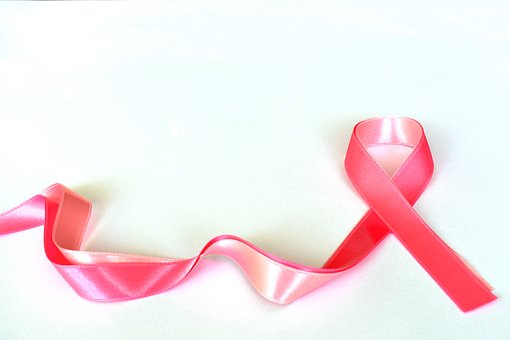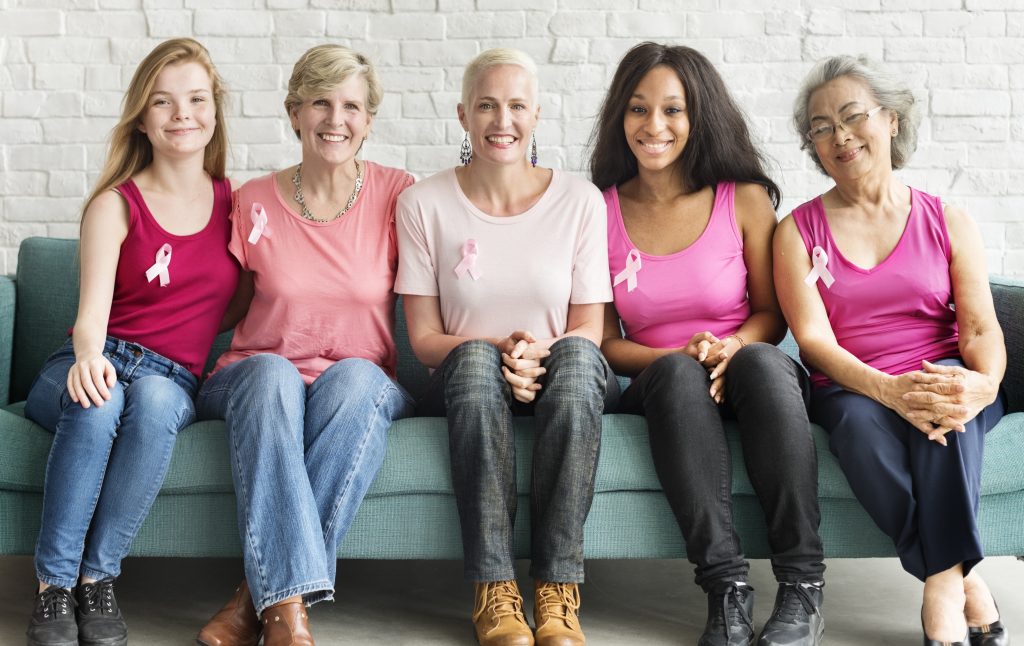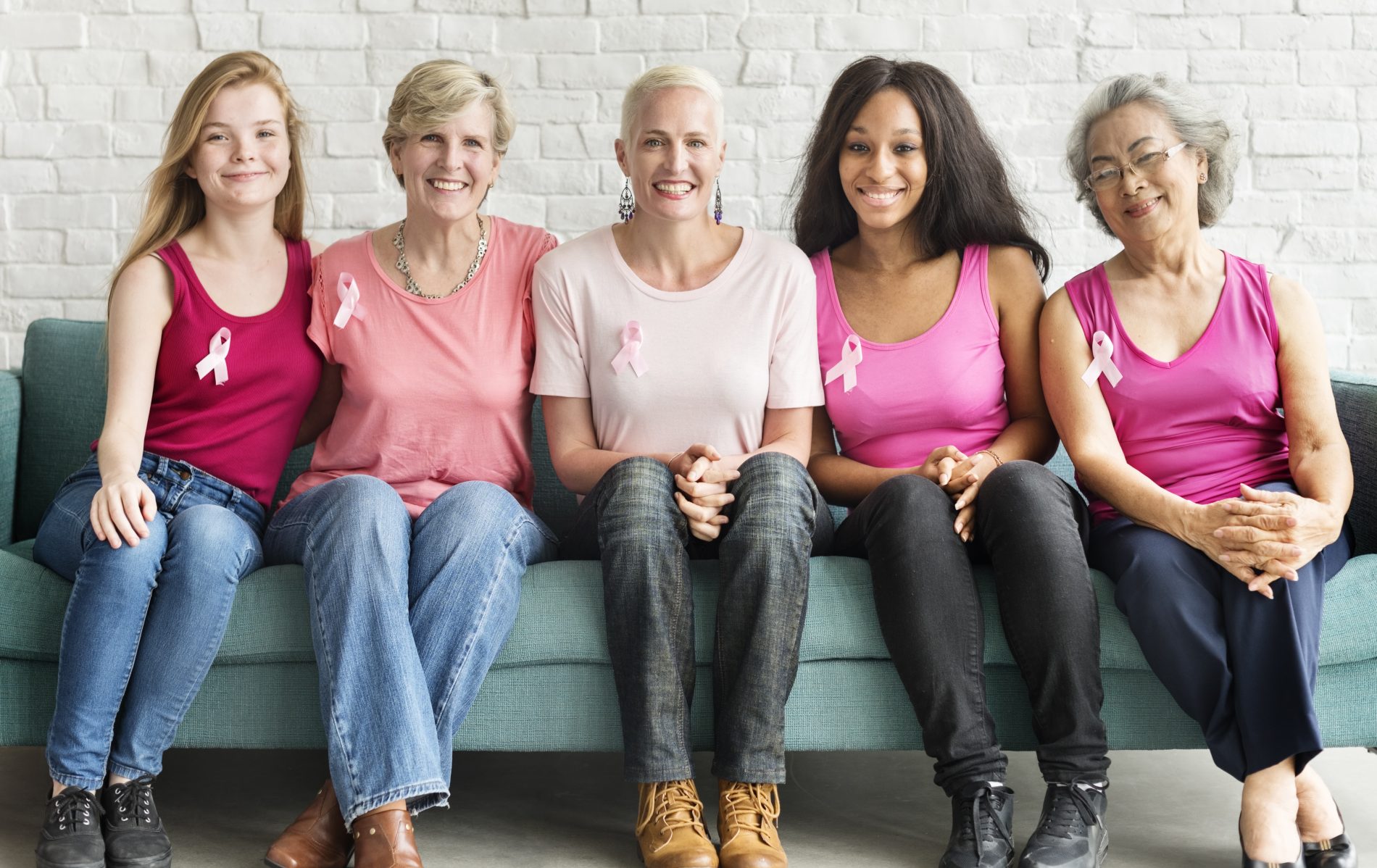
Breast CancerAwareness Month
October is Breast Cancer Awareness month. This is the perfect time to learn more about what causes breast cancer, how to detect it, and ways to minimize your risks of developing it. Here are five key things you need to know about breast cancer.
What Is Breast Cancer?
Breast cancer is a form of cancer – or abnormally behaving cells – which is found initially within breast tissue. Breast cancer is most commonly found in women, but it can strike anyone. It is the second most common form of cancer in women in the US, after skin cancer. Itʼs the second deadliest cancer for women in the US, after lung cancer.
Fortunately, treatments for breast cancer have come a long way in the past decades. The chance of dying from breast cancer has been reduced to only 2.6%. Still, many of the risk factors for breast cancer involve lifestyle choices, and the more we can manage those, the better we can protect our health.
With breast cancer, some cells in the breast begin dividing faster than normal. They tend to be the cells of the lining of the milk ducts, but any cells can have this happen. These unhealthy cells build up into a mass which can be detected either by touch or through mammography. Those cells are then either physically removed or they are killed through the means of chemicals, hormones, or radiation.
What Causes Breast Cancer?

It would be nice if breast cancer was caused by one simple thing which we could all avoid. Unfortunately, life is more complicated than that.
A small amount of breast cancers – maybe 10% at the most – are caused by a genetic mutation. These, such as BRCA1 and BRCA2, can often be tested for. There are other genetic mutations we have not yet figured out. If a person has a family history of breast cancer, it generally means that person has a higher risk, themselves, of getting cancer for that reason. These mutations do not guarantee that the person will get breast cancer. They just mean a person has a greater risk of having cancer happen.
There are other risk factors which are associated with breast cancer. Many of them are related to how hormones impact the body including the breasts. Others are simply a part of being alive. The risk factors include:
- Being Obese. The heavier you are, and the more excess fat you carry on your body, the more likely it is that cancerous cells will grow.
- Having your first period before age twelve.
- Having your first child after age thirty.
- Not ever having been pregnant.
- Exposure to radiation. This in part is why you should always wear protectiveshields when getting dental x-rays.
- Taking estrogen and progesterone to handle menopause symptoms.
- Getting older. A woman is far more likely to have breast cancer happen theolder she gets.
- Exposure to radiation. This in part is why you should always wear protectiveshields when getting dental x-rays.
- Drinking Alcohol. Doctors recommend no more than one drink a day for women. The relationship between over-drinking and breast cancer has been thoroughly studied.
- Going into menopause at a later-than-average age. The general average rangeis 48-55.
Detecting Breast Cancer

There are two main aspects to detecting breast cancer in its early stages, when treatment of the problem is far easier. These are:
Regular self-exams. The more familiar you are with your normal breast shape and condition, the more likely you are to notice if something changes. You can then discuss that with a doctor. No two breasts are alike. Breasts generally do not match each other in exact shape and size. Get to know yours.A few things to watch for, when examining your breasts, are:
- A change in its size or overall shape
- A rash or skin surface change
- A nipple which sinks in, begins flaking, or scaling
- Pain within the breast or armpit area
Mammograms when appropriate. Doctors balance the risk of the radiation exposure with the likelihood of finding a cancer early enough to deal with it. Talk with your doctor about when itʼs best for you to have your screenings. You can also have ultrasounds and MRIs done to further explore any cancer- like masses.
A biopsy is when a small section of tissue is removed from the body for examination. A laboratory is able to examine the tissue to determine if there are any cancerous cells in it.
Itʼs very important to detect the breast cancer early, when it is only in the breast itself. Survival rates are a full 99% through five years when the cancer is small and localized. Once the cancer has spread out to other major organs, that five-year survival rate drops to 27%. That is why regular screenings and self-checks are so important.
Here are how doctors judge the level of danger of a cancer.
Stages of Breast Cancer
Doctors grade the severity of a breast cancer in levels called stages. These are only general categories – the specifics of how a cancer acts within an individual body is very unique.
- Stage O – the cancer cells are wholly contained within the breast ducts. They have not traveled elsewhere. This is generally the easiest to treat.
- Stage 1 – the main cancer tumor, or cell mass, is under 2cm in size. If any have gotten into the lymph nodes, there are only trace amounts there.
- Stage 2 – The main cancer tumor is under 5cm in size. Stage 2 is also used even when the main tumor is smaller but if it is spreading into the lymph nodes.
- Stage 3 – The main cancer tumor is larger than 5cm and has spread to lymph nodes. Stage 3 is also used when the main tumor is smaller but if the spreading into the lymph nodes is aggressive.
- Stage 4 – Once the cancer gets into major organs such as the brain, lungs, liver, etc., it is considered a stage 4 cancer. Note that even though the cancer is now in the liver, for example, it is not called “liver cancer”. It is called breast cancer which has metastasized. The treatment used on breast cancer cells are still targeted toward those types of cells, even if they have moved to other parts of the body.
Reducing Risk of Breast Cancer

Here are some ways you can reduce the chance of having breast cancer appear or recur in your life.
- Exercise regularly. Exercising helps your body in a number of ways. It builds strong muscle and flexibility to help you balance and avoid injury. The muscle burns calories at a higher rate, helping you more easily maintain a healthy body weight. The lower volume of fat makes it less likely cancer will have the environment too flourish.
- Stay within the one-alcoholic-drink-a-day rule. Switch off to other drinks such as teas, seltzer water, and the like. Avoid both sugar-filled and sugar-free soda — both varieties have been shown to cause health issues.
- Aim to eat healthy foods. A diet low in sugars and starches has been shown to bring a variety of health benefits including lower cancer rates. Move yourself toward eating more healthy vegetables and leaner meats, if you choose to eat meat.
Breast cancer affects all people from all walks of life. One our of eight women will have some form of breast cancer at some point in their life. Catching the cancer early is a key to having a successful treatment. Take care of yourself and talk with those you love. The more we act as a community to address this risk, the more we can continue to reduce the rates of patients reaching the later stages of cancer and succumbing to it. Enormous progress is being made — together we can achieve an even healthier state!













